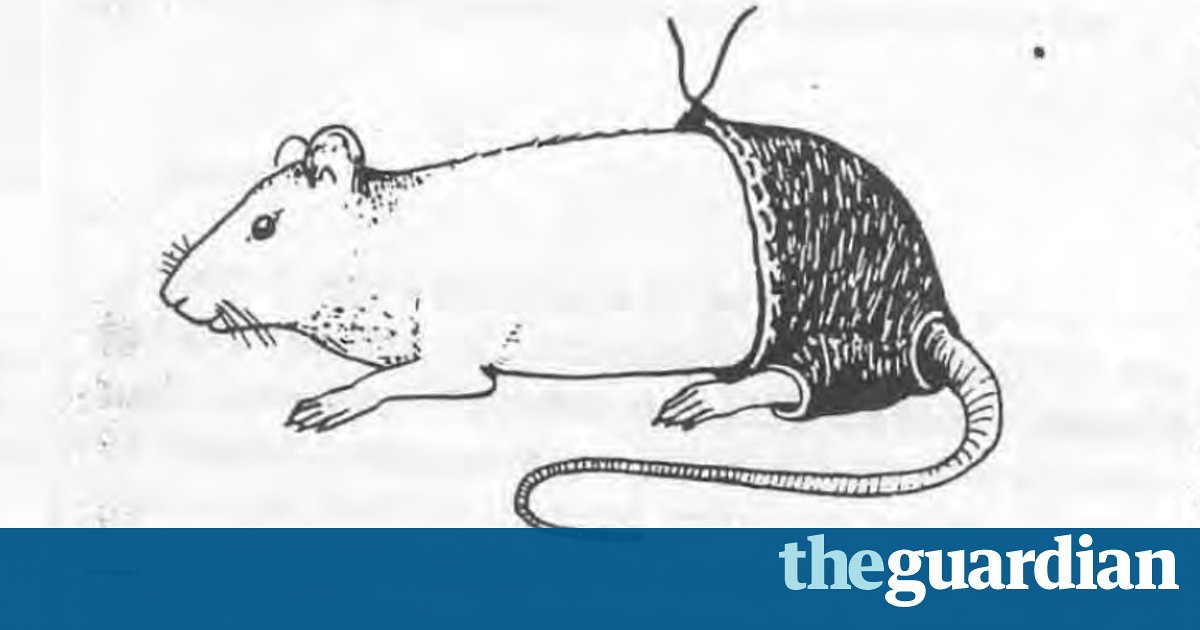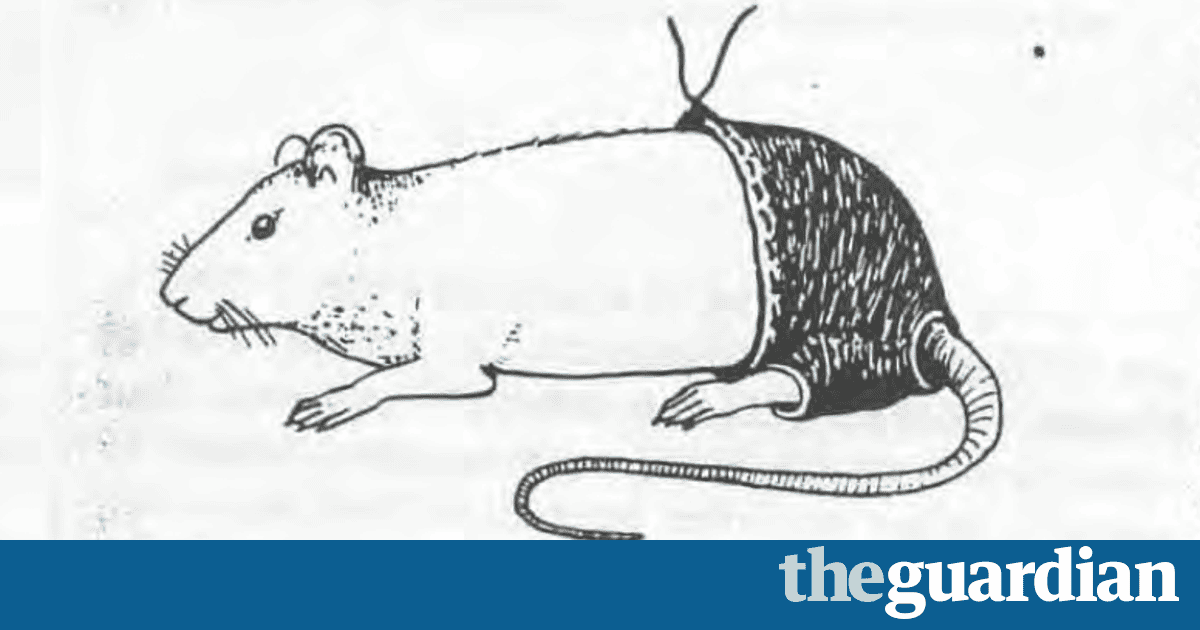Ig Nobel prizes: trousers for rats and the truthfulness of liars

Nobel winning scientists gather for 26th straight year to award the most absurd, strange and curious research of the year

Investigations into rats wearing pants, the personalities of rocks and the truthfulness of 1,000 liars won Ig Nobel prizes on Thursday night at Harvard, where Nobel-winning scientists gathered to honor the strangest research of the year.
The ceremony, now in its 26th year, delivered a $10tn Zimbabwean bill (about 40 cents in US money) to winners. Those who traveled to Boston received their prizes from Nobel laureates: chemist Dudley Herschbach, economist Eric Maskin, Dr Rich Roberts and physicist Roy Glauber.
As in past years, the tone of the awards show vacillated from gleeful absurdism to satire to genuine wonder at the lengths to which scientists will let their curiosity lead them.
Egyptian urologist Ahmed Shafik, for instance, wanted to know the toll that trousers might take on male rats. He made murine trousers covering the animals hind legs with a hole for the tail in various cloths: 100% polyester, 50/50% polyester/cotton, all cotton and all wool.
Rats that wore polyester showed significantly lower rates of sexual activity, Shafik found, perhaps because of the electrostatic charges created by the material. Cotton- and wool-wearing rats were relatively normal.
Mark Avis, Sarah Forbes and Shelagh Ferguson, a team from New Zealand and the UK, won the prize in economics for a study of the personalities of rocks. The trio studied a concept called brand personality, or the set of human characteristics associated with the brand for example wholesomeness, youth, intelligence and sophistication by putting pictures of rocks in front of 225 Kiwi students.
The students then decided which of 42 traits, 15 facets and five factors to apply to the rocks in question. One, Rock G, was variously described as a big New York type businessman, rich, smooth, maybe a little shady and carries a black brief case, slick hair, quick thinker and quicker talker. Not a good dude though.
Rock I was described by one student as a gypsy or a traveller, a hippie and by another as liberal, attractive and female, I saw a young person, maybe mid-30s, who was very attractive when she was younger/possibly a model. Has her own way of thinking, with a somewhat grounded confidence, enjoys organic food.
The third rock, Rock H, was called modest, farm mechanic and down-to-earth.
The biology award went to two Britons: Thomas Thwaites, who created prosthetic limbs that let him move like and among goats, and Charles Foster, who has tried to live as a badger, an otter, a fox and a stag.
As a badger, Foster ate worms, dug a hillside den and tried to sniff out voles. Living as an urban fox, he scavenged through trash and slept in gardens. As a goat, Thwaites infiltrated a herd in the Swiss Alps and spent three days eating grass, bleating and stumbling over rocks.
Foster and Thwaites wrote books about their experiments, respectively Being a Beast and GoatMan.
A coalition from the US, Canada, Germany, Belgium and the Netherlands won the psychology award, for asking 1,000 liars how often they had lied over the course of their life, and rating how well they lied.
People gradually lied more as they aged out of childhood, the study found, peaking during adolescence, and as adults lied on average twice a day. Lying decreased with age, although some prolific liars may have skewed results. The researchers also acknowledged that the liars might have been lying to them all along.
The peace prize went to a gang of philosophers from Canada and the US who published a paper titled On the Reception and Detection of Pseudo-Profound Bullshit.
The researchers studied how people understand gibberish that has been framed as if it means something, by creating random but grammatical sentences of buzzwords that sounded like vaguely meditative posters meant to inspire office drones or distract dental patients from the drill. Examples included wholeness quiets infinite phenomena and hidden meaning transforms unparalleled abstract beauty.
There is little question that bullshit is a real and consequential phenomenon, the scientists wrote, warning that given advances in communication, bullshit may be more pervasive than ever before.
They noted, for example, that Dr Deepak Chopra, an author and MD followed by millions on Twitter, once wrote: Attention and intention are the mechanics of manifestation.
Their mission: Are people able to detect blatant bullshit? Who is most likely to fall prey to bullshit and why?
The philosophers asked 280 students at the University of Waterloo to rate the profoundness of real and invented statements on a scale of one to five, and to search for meaning in those statements. Those students most receptive to bullshit, they found, were less reflective, lower in cognitive ability and more likely to hold religious and paranormal beliefs.
The researchers admitted their study had limitations, writing: Although this manuscript may not be truly profound, it is indeed meaningful.
A medicine prize was given to German scientists who found that if you have an itch on your left side, you can look into a mirror and scratch your right to relieve it. A perception prize was handed to two Japanese researchers who tried to learn whether bending over and looking at things between your legs changes how things appear.
Physics awards were given to researchers from Hungary, Spain, Sweden and Switzerland, who found that white horses attract fewer horseflies and that dragonflies are fatally attracted to black tombstones. The award for literature went to a Swedish author, Fredrik Sjoberg, who wrote a trilogy about collecting flies.
The most surprising winner was for chemistry: the automaker Volkswagen, caught for violating US emissions law, was granted a nearly worthless Zimbabwean bill to help pay for its massive legal costs. The Ig Nobel committee said the award was for solving the problem of excessive automobile pollution emissions by automatically, electro-mechanically producing fewer emissions whenever the cars are being tested.
Read more: https://www.theguardian.com/science/2016/sep/22/ig-nobel-prizes-trousers-for-rats-and